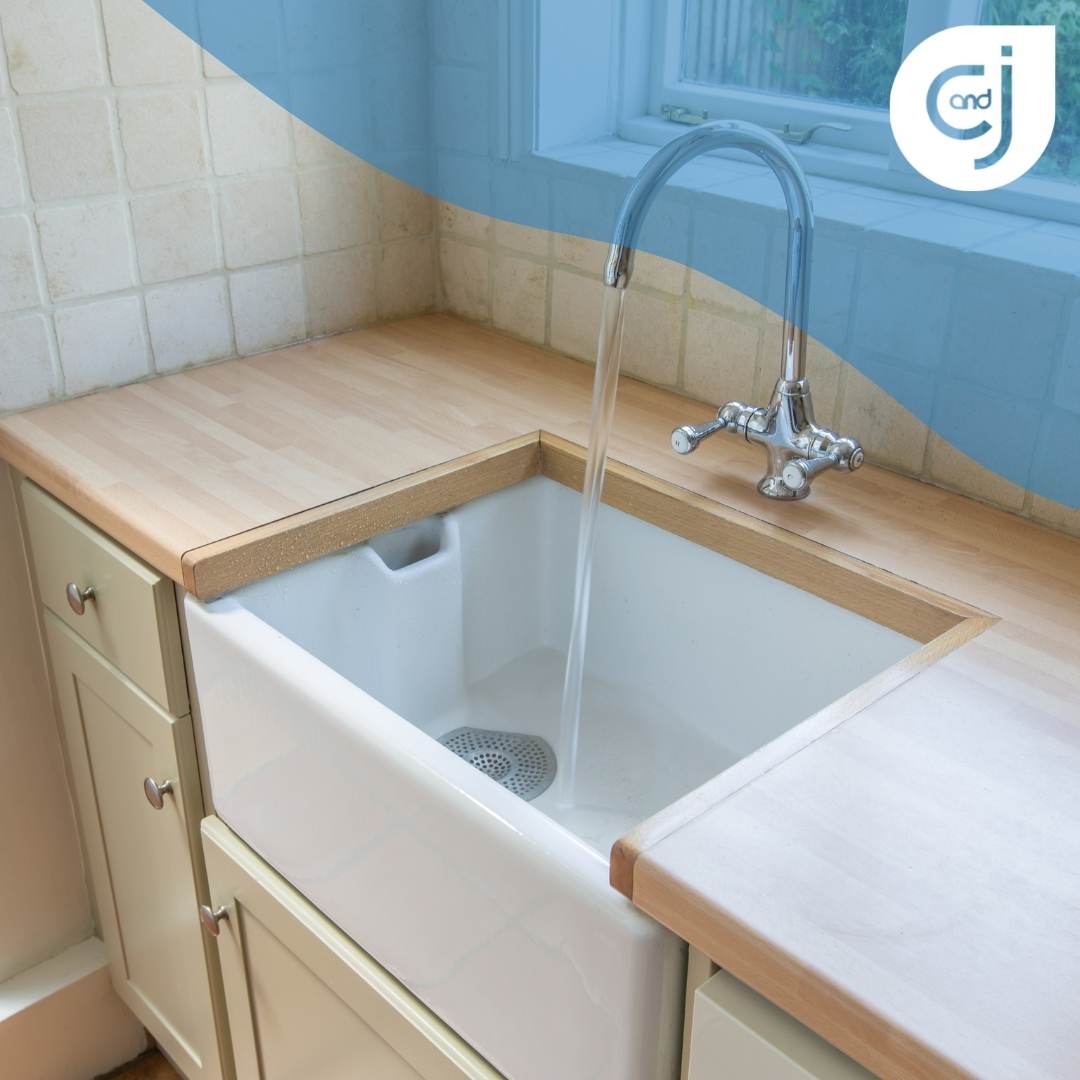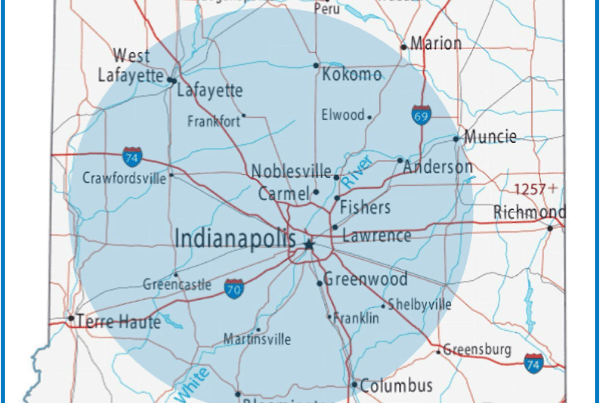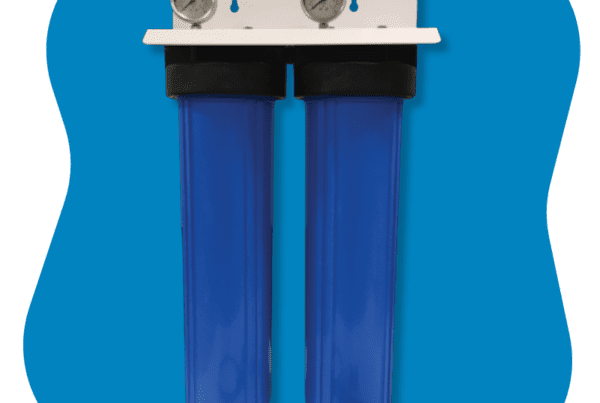Are You Lacking Quality Water Pressure?
Low water pressure can be very frustrating, but it can portend more significant issues. Before you dive into a complicated or expensive solution, one thing to consider is your water softener. It could be your water softener, whole house water filtration system, or even pipe corrosion. A water softener shouldn’t noticeably reduce the pressure of a shower unless it is undersized or installed incorrectly. If your water pressure did drop immediately after you installed a water softener, then chances are you’re looking at an incorrect installation or a defective water softener.
Understanding your freshwater plumbing lines goes a long way to spot where the low pressure is coming from.
Where to start?
 The easiest way to determine whether your water softener is the source of your low water pressure is to switch the bypass valve to the “on” position. If the pressure remains low even when water is not flowing through the softener, the problem lies elsewhere.
The easiest way to determine whether your water softener is the source of your low water pressure is to switch the bypass valve to the “on” position. If the pressure remains low even when water is not flowing through the softener, the problem lies elsewhere.
There are a few common reasons for low water pressure that has nothing to do with water softeners:
Pipe blockage or buildup—If your pressure has been getting less and less potent over time, you might be dealing with some sort of pipe blockage or buildup. As mineral-filled water courses through plumbing, minerals in the water get stuck on the insides of the pipes, and they can slow the flow of water—or even cut it off over time if left unchecked. Corrosion on non-copper pipes can also have a similar effect.
Leaks—If there’s been a sudden drop, that can be the sign of a recent plumbing issue. A leak somewhere in the pipe system might cause this sudden drop, and this means that the water that should be delivered to the faucet is instead leaking somewhere. It’s essential to deal with leaks as soon as possible, as they can cause damage to your plumbing and your house.
Municipal Water Issues—If you’re on a municipal or other public water supply, it’s also possible that, for some reason, your provider’s water pressure is down. If your neighbors are having problems, too, contact your utility.
Is my water softener to blame?
If you’ve checked all these other common culprits and you still have low pressure, it might be time to consider your water softener. How can a water softener cause low pressure?
Check the Size
If the appliance doesn’t have enough capacity to keep pace with your family’s water usage, you’ll have chronically low pressure—and possibly other problems.
An undersized water softener will immediately become apparent if it’s brand new and you start to experience low water pressure immediately after installation. Also, you might outgrow your water softener over time as your family grows, in which case you’ll want to upgrade to a larger unit.
Experts use a formula to determine the most efficient size for a home: Multiply the number of people X gallons used daily per person X grains of water hardness. But it’s a lot easier just to give us a call and let our WQA experts help you out.
Check for Clogging
Well or spring water can often be full of naturally occurring particles and grit. Sediment in water can clog valves, fixtures, and irrigation systems, and sediment in well water can ruin water heaters and appliances. Although water-sediment cartridge filters are widely available at hardware stores, these filters are often poorly sized or use the wrong type of filter for the kind of sediment in the water. The result is often pressure drop, reduced flow rate, and frequent maintenance. With the correct well water sediment filter for the sediment present, there is a slight pressure drop, and upkeep is kept to a minimum.
Your softener resin bed can also become clogged if sediment or other particulates escape your point-of-entry filter, restricting water flow. Sometimes iron or scale can also block the pipes or bed, causing the same problem. The solution is to clean the softener tank. If iron build-up is an issue, you can try adding mineral cleaner to the bed or setting the water softener to regenerate more often.
 Resin beads are located in the brine tank of a water softener. The softener also has salt in a holding tank that cleans the beads every few weeks. The water softener screen or membrane can erode over time, allowing the beads to escape and get lodged in the faucet aerators. If you find that water is coming out slowly through your faucet aerators and there are tiny orange and yellow balls inside the filter, the clogging is caused by the resin beads from your water softener. If you own an old water heater, and in addition to beads clogging up your faucet filters, you also notice that you’re getting lukewarm water instead of hot water, the problem is different. This means your water heater plastic intake tube has dissolved. You can replace this faulty tube, but at this point, it’s advisable to install a new water heater instead.
Resin beads are located in the brine tank of a water softener. The softener also has salt in a holding tank that cleans the beads every few weeks. The water softener screen or membrane can erode over time, allowing the beads to escape and get lodged in the faucet aerators. If you find that water is coming out slowly through your faucet aerators and there are tiny orange and yellow balls inside the filter, the clogging is caused by the resin beads from your water softener. If you own an old water heater, and in addition to beads clogging up your faucet filters, you also notice that you’re getting lukewarm water instead of hot water, the problem is different. This means your water heater plastic intake tube has dissolved. You can replace this faulty tube, but at this point, it’s advisable to install a new water heater instead.
What should I do next?
After discovering that your water softening system is clogged, you need to clear all the water softener clogged pipes to solve the issue.
Push debris out of the valve injector
Debris clogs the valve injector over time, affecting the ability of your water softener to support the brine cycle suction. As a result, the water softener fails to regenerate correctly—this stops your water from getting softened. A high water level in the brine tank indicates that the injector is clogged. Use needle-nose pliers to pull out the injector for inspection. Look through the small hole in the injector to determine if it’s the cause of your clogged water softener. If you can’t see through the hole, use a safety pin or needle to push the debris responsible for clogging your water softener out of the injector.
Break salt bridges and remove salt mushing
A water softener clogged with salt results from the formation of a salt bridge. Bridging is when the brine tank harbors a hard crust that separates the salt from the water. The crust prevents the salt from dissolving into the water to form brine. Seasonal weather changes and high humidity conditions around the brine tank cause clumping, and the salt bridge develops. Salt buildup can also result from poor quality salt in your water softener. Salt mushing can also deteriorate the performance of your water softener. The salt recrystallizes at the bottom of the brine tank. It develops a salty sludge instead of developing into a crusty layer. You don’t need a professional to fix the salt mushing and bridges. Solve your water softener clogged with salt issue as follows:
- Use a broom handle to break up the salt bridge
- Drain, clean, and refill the tank with fresh salt to eliminate salt mushing
Replace resins and reset your water softener drain clogged unit to regenerate regularly
Water softener resins are responsible for trapping the minerals in your hard water to soften it based on ion exchange technology. Degradation of your water softener resins lowers your clogged water softener’s capacity. You also need to reset the water softener drain clogged unit to regenerate regularly and ensure you get soft water continuously. The presence of sand-like particles in your water softener’s resin tank indicates that it needs replacement. Do the replacement ASAP because the particles can easily damage your entire system. Although resins have a lifespan of about two decades, chlorine shortens them. Frequent regeneration of your water softener is an effective short-term solution. However, you may need to hire a professional to replace the resins for a more lasting solution to your water softener clogged problem.
Hire a professional to clean the brine line of your clogged water softener
Deposits can also clog both the valve and the brine line. Inspect the brine line for visible deposits causing your water softener to clog. Service your water softening system regularly to ensure it lives to its maximum lifespan, usually 15 years. Fix issues quickly as they arise to avoid reducing the lifespan of your water softener. DIY fixes can easily solve some problems. However, others require professional fixes. If you aren’t comfortable performing any of the above solutions, give the experts at C and J Water a call, and we can help you out!




